A successful transition to university is key to developing a sense of belonging. Belonging is strongly associated with retention, student satisfaction and achievement. In 2022, this will be even more important, given that next year’s first-year students have had a bizarre couple of years. They will have experienced the ongoing effects of lockdown and remote schooling, which may have had a profound effect on their knowledge, academic skills, social development and potentially mental health, self-efficacy and preparedness for university studies. In addition, the impact of the pandemic is likely to have exacerbated existing inequalities.
By sequentially embedding transition activities and active learning approaches aligned to our shared Principles Guiding Education at Sydney, the 2022 cohort of new undergraduate students can be supported to develop the attributes they need to succeed. As Kift (2009) states, embedding transition in the curriculum and aligning it to the students’ current circumstances is crucial:
The curriculum and its delivery should be designed to be consistent and explicit in assisting students’ transition from their previous educational experience to the nature of learning in higher education and learning in their discipline as part of their lifelong learning. The first year curriculum should be designed to mediate and support transition as a process that occurs over time.
Learning approaches aligned to the Principles, using active learning and teaching, encourage engagement and social belonging.
The 5 senses of student success and their relationship to our shared pedagogical principles
Seven core pedagogical principles infuse our purposively designed learning, teaching, and assessment activities at the University. Given the foundational role of transition units, these should be exemplars when designing learning activities that help to ensure students develop a strong sense of belonging, have experiences that are supportive, constructive and culturally competent and develop “the five senses”.
Some ways in which teachers can use the principles to help students develop each of the five senses are described below. These include the set of evidence-based transition activities[*]:
Early in semester:
- My Journey to Sydney
- Values affirmation
- Expected norms – improving course climate
- Developing a sense of professional purpose
- Time management
- Chatterbox activity
Middle of semester:
End of semester:
These evidence-based activities should be sequentially embedded in the curriculum aligned to the ‘Five Senses of Student Success’ model (Chester et al., 2013; Lizzio, 2006; Bridgeman & Weeks, 2021):
1. Sense of Capability
Students with a sense of capability have an understanding of what is required of them, what they need to do to succeed and demonstrate a mastery of foundational academic skills. Personalised communication and learning outcomes, which make assumed knowledge clear, are carefully matched to the diversity of the entire cohort and are supported with early diagnostic and regular formative feedback are intentionally built into the unit design.
Ideas on how to develop a sense of capability include:
- Building teacher-student relationships by:
- Regular personalised communications that establish expectations, norms, and available support
- Regularly requesting student feedback
- Fostering a sense of belonging and community by:
- Giving students a voice through online discussions
- Have clear communications and expectations:
- Setting expectations and supporting students in adapting to university study
- Running activities to help students develop time management skills and engage with learning outcomes
- Having consistent messaging across the program on core issues
- Overcommunicating key messages
- Measure and support engagement by:
- Explaining how to best engage and learn in various class types
- Proactively encouraging positive study habits e.g. calendaring, weekly goal setting
- Ensure engaging content delivery by:
- Gradually scaffolding concept and skill development
- Providing catch-up resources if needed
- Offer meaningful assessment, feedback, and academic integrity by:
- Running framing interventions before major assessments to build resilience
- Regular feedback to support growth
- Designing smaller indicator assessments early in semester to build competency
- Be human by
- Trying to be flexible with attendance and assessment (e.g. offer simple extensions)
- Normalising struggle and anxiety
2. Sense of Connectedness
Students with a sense of connectedness feel like they are valued and fit in at the University: they have a sense of belonging and are part of a relationship-rich educational community with their teachers and peers. They feel part of the broader University community as well and understand that it is their responsibility to contribute positively to ensure everyone feels like that they belong.
Ideas on how to develop a sense of capability include:
- Building teacher-student relationships by:
- Conveying warmth and openness in all communications
- Reaching out through personalised messages that emphasise care and compassion
- Affirming students’ place in higher education
- Fostering a sense of belonging and community by:
- Running values affirmation activities that encourage peer relationship building and sense of belonging
- Pointing students to peer support/mentoring programs if available
- Have clear communications and expectations:
- Set and maintain realistic expectations for staff response times
- Measure and support engagement by:
- Providing regular opportunities for peer-peer interaction/support
- Celebrating small student achievements
- Ensure engaging content delivery by:
- Designing group-based class activities
- Using examples that are relevant to students’ background
- Offer meaningful assessment, feedback, and academic integrity by:
- Designing assessment that is more relevant and authentic to students’ lives beyond university
- Be human by:
- Sharing your own background, journey, and impostorship
- Appreciating your students’ unique situations and COVID developmental barriers
- Making a ‘meet your teachers’ page on Canvas
3. Sense of Purpose
Students with a sense of purpose can see the relevance of the learning in a unit to their chosen course and to their own goals and values. This is very strongly linked to connectedness, developing a sense of purpose early in their studies builds motivation and provides reliance and persistence when things do not go to plan, enabling them to access help, support and guidance.
Ideas on how to develop a sense of purpose include:
- Building teacher-student relationships by:
- Sharing your own enthusiasm for and experience of the discipline
- Fostering a sense of belonging and community by:
- Running values affirmation, professional purpose, and goal setting activities
- Connecting students with seniors or graduates to explore future directions if possible
- Have clear communications and expectations:
- Explaining how first-year units fit into the wider program and potential trajectories
- Measure and support engagement by:
- Regular check-ins with students for early risk detection
- Ensure engaging content delivery by:
- Using examples that are relevant to students’ future life/career
- Adjusting teaching schedules to maximise student and teacher mental health
- Select resources and examples that reflect the class’ diversity
- Running active learning activities in class to involve students
- Offer meaningful assessment, feedback, and academic integrity by:
- Re-appraising summative assessments and expected competencies through a student mental health lens
- Be human by:
- Revisiting and celebrating students’ journeys towards the end of semester
- Being sensitive to student mental health
4. Sense of Resourcefulness
Students with a sense of resourcefulness are able to navigate our systems to get the help and information they need and can balance their studies, their personal lives and work. They also benefit from engagement with the learning communities to which they belong. Ensuring students from all backgrounds have knowledge of the ‘hidden curriculum’ of ‘unspoken rules’ means avoiding assumptions of prior knowledge of our written and unwritten policies.
Ideas on how to develop a sense of purpose include:
- Building teacher-student relationships by:
- Sending regular, tailored updates/reminders about key resources, dates, milestones, activities
- Encouraging students to contact teaching staff
- Fostering a sense of belonging and community by:
- Connecting students with peer mentoring groups
- Have clear communications and expectations:
- Connect students with resources that explain ‘how to do uni’
- Have an FAQ page on Canvas
- Measure and support engagement by:
- Anticipating when key challenges will occur and providing timely self-help resources
- Ensure engaging content delivery by:
- Providing tips on how to study your discipline effectively – these could be from ex-students
- Establishing class norms to encourage robust and respectful debate
- Offer meaningful assessment, feedback, and academic integrity by:
- Providing consistency and clarity around assessment rules and expectations
- Writing feedback that points students to key information
- Be human by:
- Sharing your own experiences as a student navigating HE
5. Sense of Academic Culture
Students with a sense of academic culture have all of the above behaviours together and are also independent learners, culturally responsive, are curious and ready to engage with their teachers and peers in the changing nature of knowledge. Ensuring that all students can access the culture and transformative potential of higher education requires accounting for inequality of prior experiences and events in students’ personal lives and in wider society. All of the activities are designed to build this sense.
Ideas on how to develop a sense of academic culture include:
- Fostering a sense of belonging and community by:
- Using an Acknowledgement of Country in your classes
- Have clear communications and expectations:
- Discuss and make the Student Charter available
- Ensure engaging content delivery by:
- Designing activities that are mindful of structural inequities experienced by students
- Offer meaningful assessment, feedback, and academic integrity by:
- Running activities to help students understand academic integrity as a core value
[*] Lesson plans and more detail available in the Transition Resources Hub: https://bit.ly/transition-resources-site
Shared pedagogical principles and a shared responsibility
Next year’s first-year students will be fundamentally different to those we have seen before, due to the ongoing effects of lockdown and remote schooling on their knowledge, academic skills, social development and potentially mental health, self-efficacy and preparedness for university studies. These are likely to have exacerbated existing inequalities. In a powerful statement, Kerstin Perez, a physics professor at MIT in the USA described the responsibility of all educators to support and ensure the transition to university of a unique generation is successful:
As we enter an unprecedented academic year, each individual instructor has the power, and responsibility, to ensure belonging is a critical component of course design and pedagogy. To do otherwise not only impedes scientific progress, by excluding the talent of the majority of humanity, but also is an injustice to students who enter our classrooms trusting in the promise of education.
Further reading
- Principles guiding education at Sydney: transition
- Principles Guiding Education at Sydney
- Learning to learn after lockdown: the transition journey from alpha to omega
- Working it out for themselves: the effect of active learning on student outcomes
- Assessment in first year – what the evidence tells us
- Transition resources site: self enrol at https://bit.ly/transition-resources-site

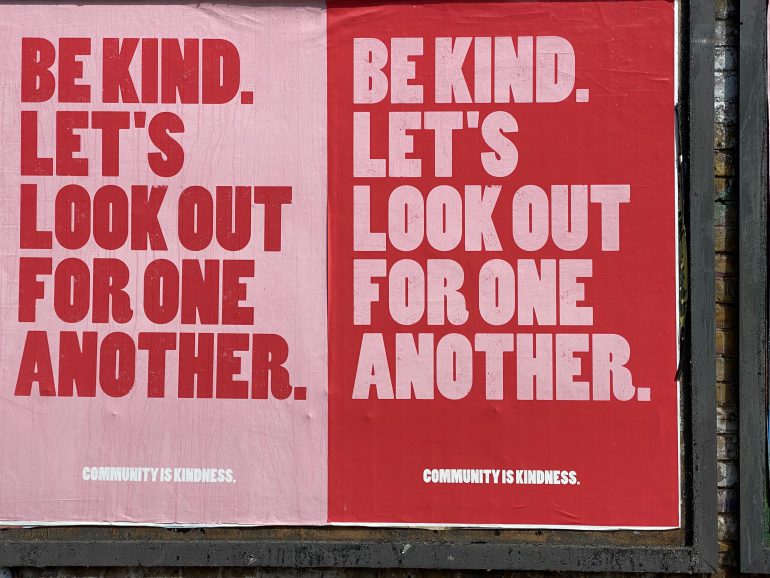
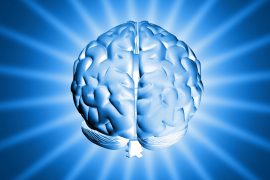
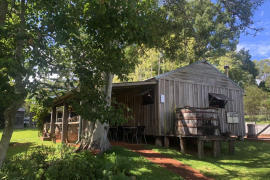
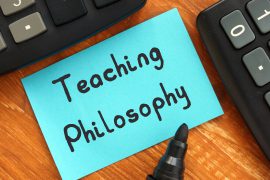
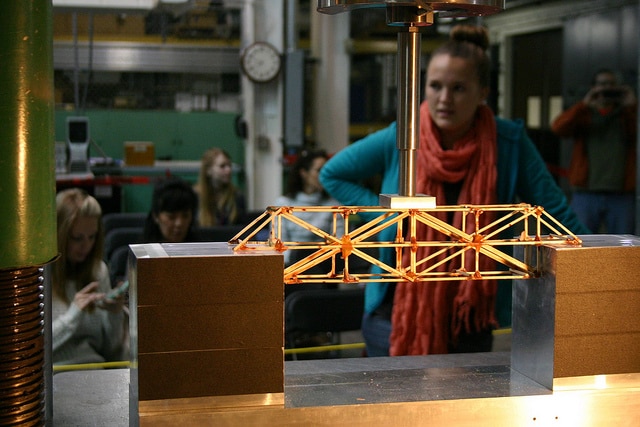
3 Comments